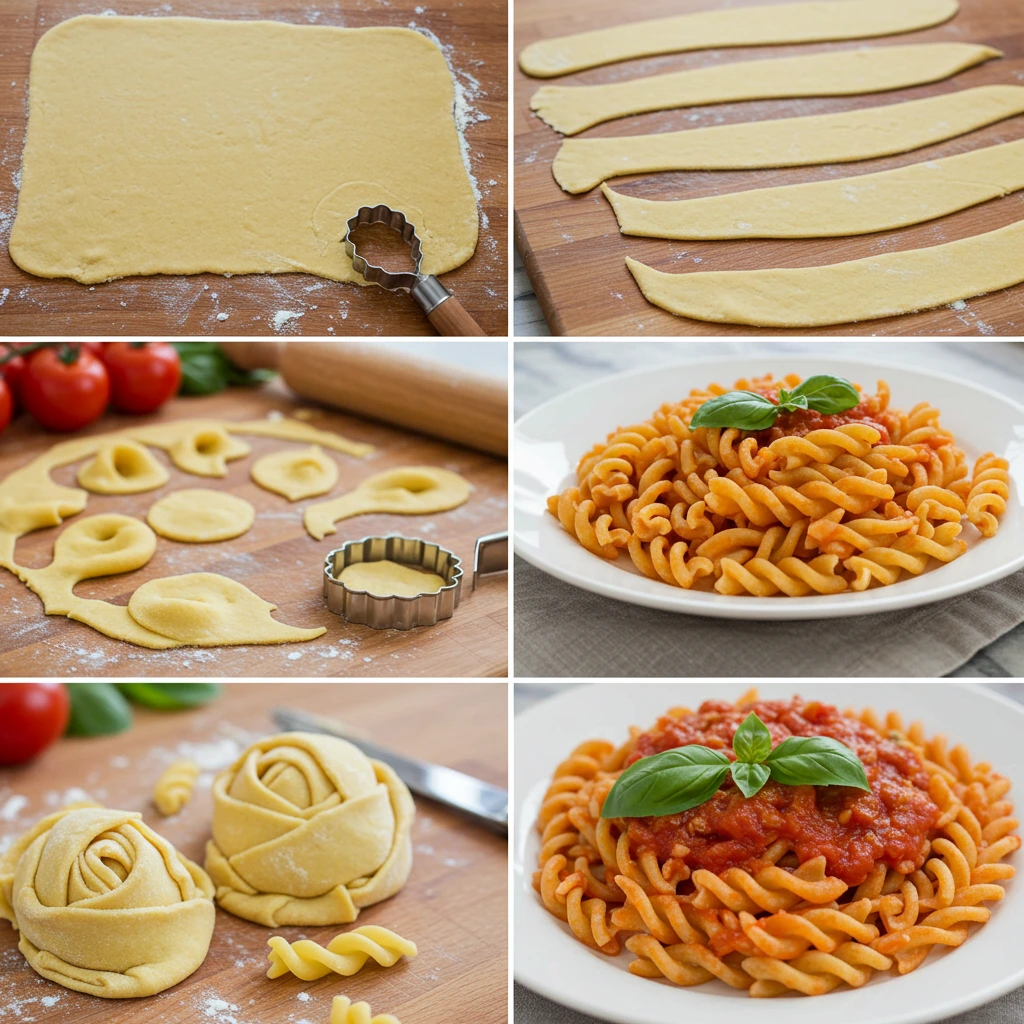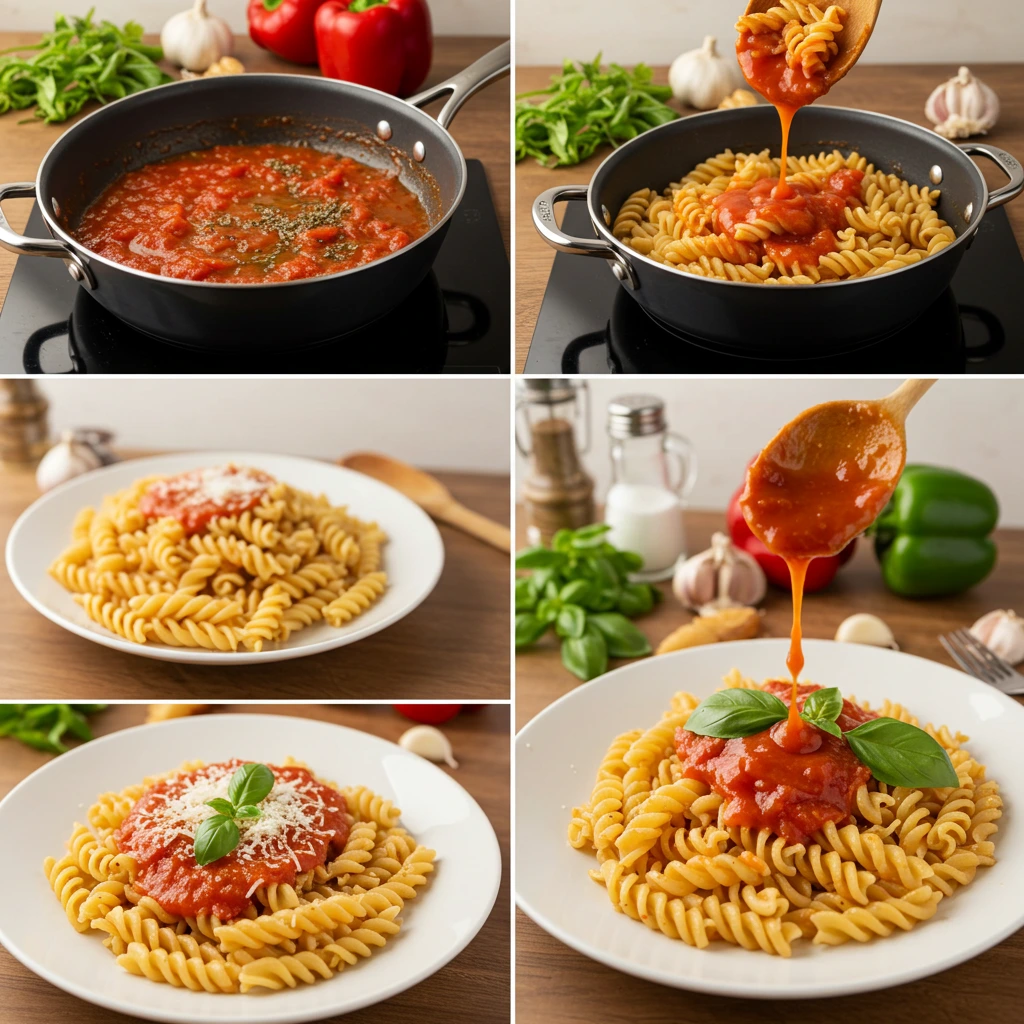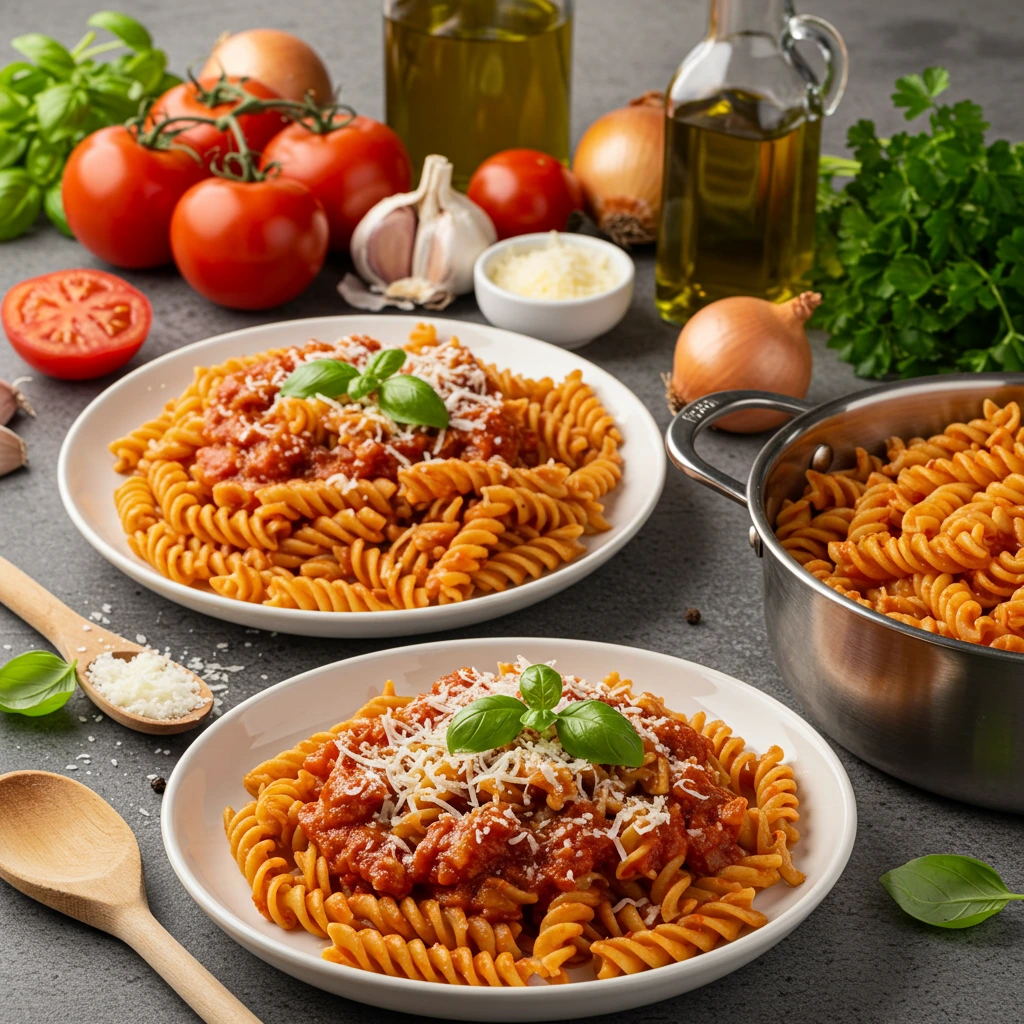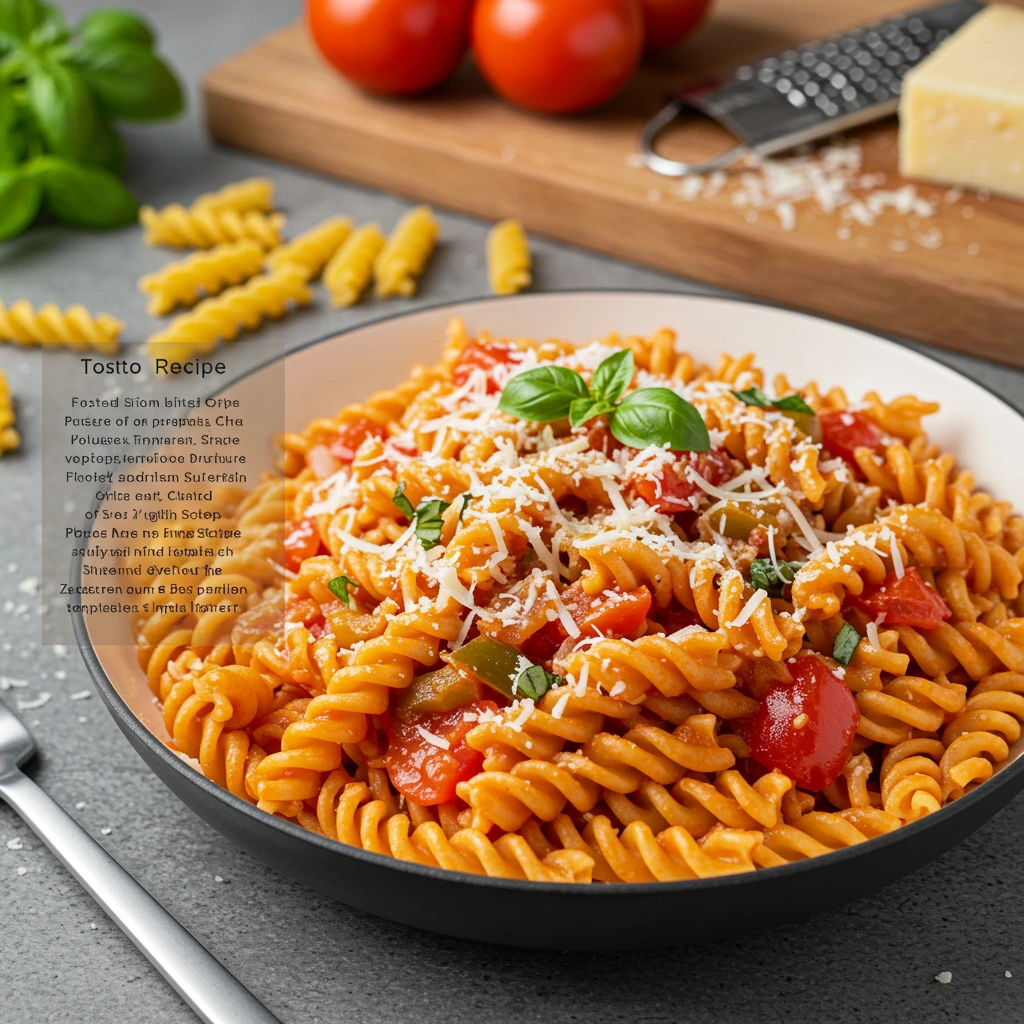Introduction
Imagine this: a steaming plate of corkscrew pasta, perfectly al dente, coated in a rich, flavorful sauce that clings to every twist and turn. There’s something undeniably comforting about a well-prepared bowl of pasta, especially when it’s the delightfully textured corkscrew variety. Whether you’re craving a hearty meal on a chilly evening or looking for a simple dish to impress your guests, corkscrew pasta delivers both taste and texture in every bite.
In this guide, you’ll learn everything there is to know about corkscrew pasta. From its origins to making it from scratch and pairing it with the best sauces, this comprehensive resource will ensure you master the art of preparing this classic comfort food.

Table of Contents
What is Corkscrew Pasta?
Understanding the Shape and Texture
Corkscrew pasta, commonly known as fusilli, rotini, or cavatappi, stands out due to its spiral design. The unique shape isn’t just for looks—it serves a functional purpose, allowing sauces to adhere perfectly to the surface. The twists and ridges help trap creamy, chunky, and even light oil-based sauces, making each bite packed with flavor.
The History of Corkscrew Pasta
Originating in Italy, corkscrew pasta is deeply rooted in traditional pasta-making techniques. Fusilli, one of the most well-known types, was originally hand-rolled around thin rods to achieve its spiral shape. Over time, pasta makers developed mechanical methods to create uniform spirals, making this shape widely available in grocery stores around the world.
How to Make Corkscrew Pasta from Scratch
There’s something incredibly satisfying about making fresh pasta at home. While store-bought versions are convenient, homemade corkscrew pasta offers superior texture and taste. Moreover, it offers an enjoyable and fulfilling cooking experience.

Ingredients for Homemade Corkscrew Pasta
| Ingredient | Quantity |
|---|---|
| All-purpose flour | 2 cups |
| Semolina flour | 1 cup |
| Eggs | 3 large |
| Olive oil | 1 tbsp |
| Salt | ½ tsp |
| Water (if needed) | As required |
Step-by-Step Instructions
Preparing the Dough
- In a big bowl, mix together the all-purpose flour, semolina flour, and a pinch of salt
- Make a hollow space in the middle and break the eggs into it.
- Drizzle in the olive oil and begin mixing, slowly incorporating the flour into the wet ingredients.
- Work the dough by hand for around 8–10 minutes until it turns soft and stretchy
- Cover the dough with plastic wrap and allow it to sit at room temperature for 30 minutes.
Shaping the Corkscrew Pasta
- Divide the dough into small sections and roll each section into thin ropes.
- Cut the ropes into short pieces and twist each one around a skewer or a thin rod to create a spiral shape.
- Allow the shaped pasta to dry for 15–20 minutes before cooking.
Cooking the Pasta
- Heat a large pot of water with salt until it reaches a vigorous boil
- Add the pasta and cook for 2–4 minutes for fresh pasta or 8–10 minutes for dried pasta.
- Drain and toss with your favorite sauce.
Best Sauces for Corkscrew Pasta
Classic Tomato-Based Sauces
- Marinara Sauce – Simple yet flavorful, this tomato-based sauce pairs beautifully with corkscrew pasta.
- Arrabbiata Sauce – If you love a spicy kick, this sauce, made with chili peppers and garlic, is a must-try.
Creamy and Cheesy Sauces
- Alfredo Sauce – A rich, buttery, and cheesy sauce that clings to every spiral.
- Mac and Cheese Sauce – Perfect for a gooey, comforting pasta dish.
Light and Healthy Sauces
- Pesto Sauce – A fresh blend of basil, garlic, Parmesan, and olive oil.
- Lemon Garlic Butter Sauce – Light, zesty, and incredibly easy to make.

Tips for Making the Perfect Corkscrew Pasta Dish
Cooking Mistakes to Avoid
- Overcooking – Always aim for al dente; pasta should have a slight bite.
- Not salting the water – Salt enhances the flavor of the pasta itself.
- Skipping the sauce toss – Always mix pasta with sauce before serving to allow proper coating.
How to Store Homemade Corkscrew Pasta
- Fresh Pasta: Store in an airtight container in the fridge for up to 2 days.
- Dried Pasta: Store in a cool, dry place for up to 2 months.
- Cooked Pasta: Refrigerate in an airtight container for up to 3 days.
Frequently Asked Questions (FAQ)
What is corkscrew pasta best used for?
Corkscrew pasta is excellent for thick sauces, baked pasta dishes, and cold pasta salads due to its shape and texture.
Can I make corkscrew pasta without eggs?
Yes! Replace eggs with water and add a bit more olive oil to maintain elasticity.
What can I do to keep corkscrew pasta from clumping together?
Toss it in a little olive oil after draining, especially if you’re not serving it immediately.
Can I freeze homemade corkscrew pasta?
Yes, you can freeze uncooked corkscrew pasta in an airtight container for up to 3 months.
Corkscrew pasta isn’t just another pasta shape—it’s an experience. With its ability to hold onto sauces and provide the perfect bite every time, it’s no wonder this variety has remained a favorite for generations. Whether you’re making it from scratch or using store-bought options, pairing it with the right sauce is key to creating a dish that satisfies every craving.
So, why not try making corkscrew pasta at home? Experiment with different sauces, get creative with toppings, and most importantly, enjoy every twirl of this delicious comfort food.
If you found this guide helpful, share it with fellow pasta lovers, and don’t forget to comment with your favorite corkscrew pasta recipe!

